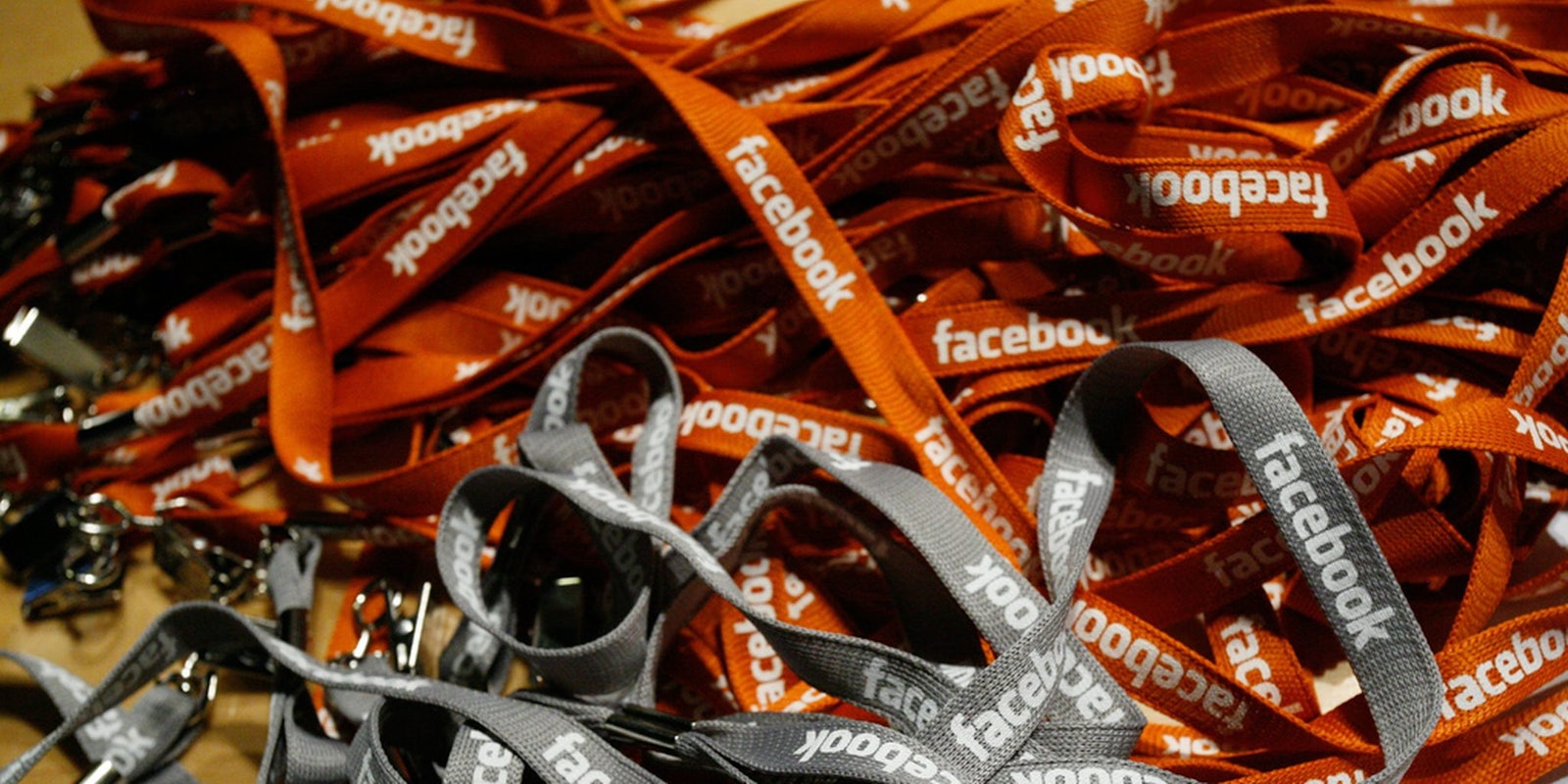Facebook’s news reader app, Paper, is an elegant mobile app that’d be fun to use even if it wasn’t concocted by a third-party unaffiliated with Facebook. And that’s the point—Paper is a cornerstone of Facebook’s larger strategy to become a company anchored by a roster of strong standalone mobile apps and less reliant on its core product. Between its two largest purchases (Instagram and WhatsApp), Facebook’s from-scratch creation of Paper shows that the company won’t just buy up the good mobile apps. It will make them, too.
Scott Goodson, the engineering manager for Paper at Facebook, wrote a blog post detailing how the app came to be (unfortunately, still no explanation about whether Facebook feels bad for hijacking the “Paper” app name from another startup). Here’s what we learned:
We probably won’t see Paper for desktop anytime soon
Paper is meant for mobile.
Goodson emphasized that Paper was built specifically for mobile devices, which presented a specific set of challenges and limitations, including the smaller display sizes of many smartphones. “Perhaps the most obvious constraint of a mobile device is its limited display size. Wasting space with unnecessary indentation, tab bars, or bordering of elements crowds the content being presented and causes text to wrap sooner and images to be smaller,” he wrote. “Paper addresses this by removing virtually all of the traditional navigation elements, ensuring that the screen is used edge-to-edge with useful and beautiful material.”
Making a good-looking desktop version of Paper would be just as hard to get right as making a mobile version of Facebook was in the past.
Facebook designed Paper so it would feel like your touch was actually moving stuff around on screen
“We observed an essential detail which seems to apply to gestures in general. They feel best when the force imparted to the device from a person’s finger behaves as though it is carried into the device—transcending the glass, and playing out in an action that is animated naturally by a physics simulation,” Goodson wrote. When you swipe at something on Paper, it feels like your gesture has the appropriate effect on the screen. This attention to how gesture affects the app paid off: it feels smooth and intuitive in a way the standard Facebook mobile app does not.
Facebook is open-sourcing components of Paper
The team already put two components of Paper up on Github, and they have plans to post more. One of them shows how to make your app appear shimmery (it’s called Shimmer).
Facebook has also open-sourced Origami, the design tool it used to create much of Facebook. Origami helps people who aren’t coding experts design app prototypes, and a Facebook employee used it to develop the tilt-to-explore photo viewer on Paper. It’s a major asset for app designers, and it’s cool that Facebook is sharing it.
Facebook will share more about Paper in the future
Goodson’s post was just the first in a series providing insight into how the company produced Paper. The rest are forthcoming and will concentrate on how the engineering team implemented its advanced design. So this isn’t the final word on how Paper got started; hopefully the company will go into more detail about its use of Origami, so other developers have help making apps as pretty as Paper.
Photo via Flickr/kris krug (CC BY-SA 2.0)


